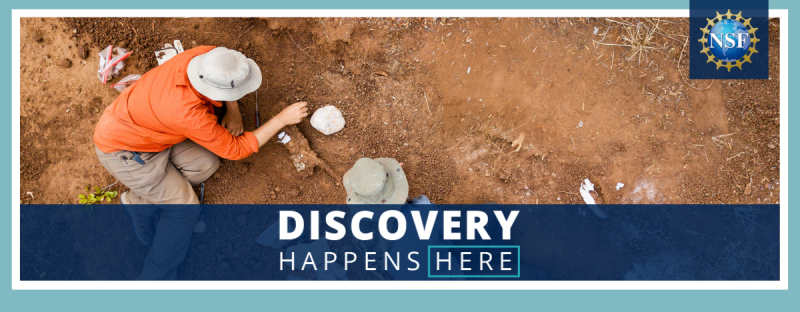Essential Insights
-
Christopher Griffin discovered Africa’s oldest known dinosaur, Mbiresaurus raathi, in Zimbabwe, identifying its femur as definitive evidence of a dinosaur from the Late Triassic, approximately 230 million years ago.
-
After extensive research, Griffin classified the well-preserved fossil as a new species of sauropodomorph, estimated to be about 6 feet long and an herbivore or possibly omnivore, emphasizing its significance in the paleontological record.
-
Griffin’s team explored the role of ancient climate patterns in dinosaur distribution, proposing that the climate belts existing during the Carnian Pluvial Event influenced the migration and evolution of dinosaurs across Pangea.
- Future excavations hold the promise of uncovering more fossils in Zimbabwe, as Griffin and his collaborators plan to continue their research, highlighting the excitement and potential for further significant discoveries in the region.
Remarkable Discovery in Zimbabwe
The recent discovery of Africa’s oldest known dinosaur fossil in Zimbabwe marks a significant milestone in paleontology. Christopher Griffin, a researcher, first recognized the importance of the find when he uncovered a femur in the dirt. This discovery belongs to a new species of dinosaur named Mbiresaurus raathi. Researchers like Griffin affirm that the distinct features of the femur verify its classification as a dinosaur, a fact that excites the scientific community. This fossil, dated to approximately 230 million years ago, provides crucial insight into the evolutionary history of dinosaurs. Remarkably, scientists previously found no dinosaurs of this age in Africa, making this discovery a vital piece of the puzzle.
Moreover, the fossil’s significance goes beyond mere classification. It offers potential clues about the climate and biogeography of the Late Triassic period. During this era, Africa was part of the supercontinent Pangea, where climate conditions varied dramatically. Researchers suggest that these climatic belts influenced animal distribution, shedding light on how dinosaurs adapted to their environments. Griffin and his team utilized this information to refine their exploration sites, leading to fruitful discoveries. Their work demonstrates the importance of collaboration and innovative methods in uncovering our planet’s history. As paleontology continues to advance, this finding inspires further exploration and study.
Future Implications and Ongoing Research
The implications of this discovery reach far beyond the realm of paleontology. Griffin and his team intend to study various ecosystems dating back to the Triassic period, revealing connections to modern vertebrates. By understanding the origins of our current ecosystems, researchers can better comprehend how climate change, both ancient and modern, affects biodiversity. Their meticulous work ensures a repository of knowledge about ancient life will be accessible for future study. The fossils, now housed in the Natural History Museum of Zimbabwe, will enable ongoing research and education.
Furthermore, Griffin’s excitement for potential future discoveries reflects a collective hope in the scientific community. The possibility of even older dinosaur fossils in the region drives continued interest and investment in research. By engaging with local schools, Griffin fosters curiosity and interest in paleontology among younger generations. This outreach establishes a vital link between science and society, encouraging local communities to appreciate and support scientific endeavors. With each new fossil uncovered, researchers gain valuable insights into Earth’s distant past. Ultimately, discoveries like Mbiresaurus raathi shape our understanding of evolution and the interconnectedness of life on Earth, reminding us of the enduring curiosity that fuels scientific advancement.
Stay Ahead with the Latest Tech Trends
Dive deeper into the world of Cryptocurrency and its impact on global finance.
Stay inspired by the vast knowledge available on Wikipedia.
TechV1

